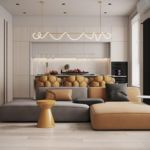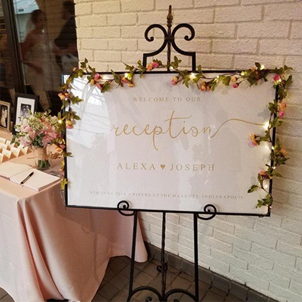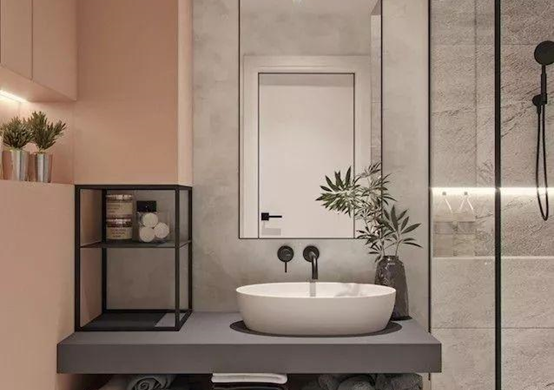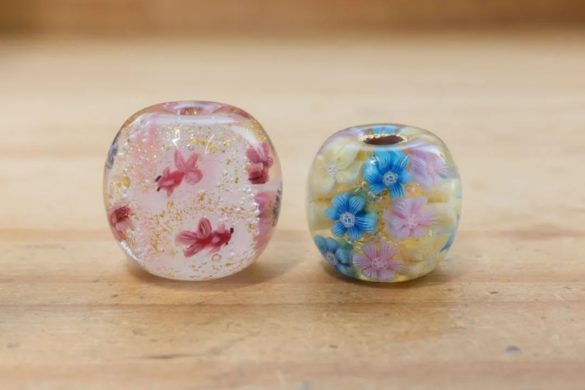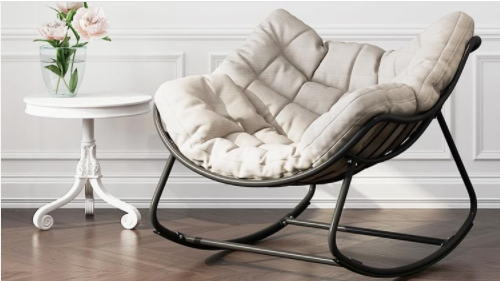Are you a fan of period pieces like The Great Gatsby and Chicago? Do you love the Roaring 20s? Chances are you’re attracted to Art Deco design. Art Deco is an art and design style that was popular in Europe and America from the 1920s until before WWII. It was a product of its generation—a time of industrial progression, economic boom, technological innovation, and growing consumerism.
Art Deco can be seen as the successor to and reaction against Art Nouveau, an international style of modern art that was fashionable from the 1890s to the start of WWI. I find that Art Deco is similar to minimalism: Both are cool. The works of Le Corbusier, one of the most famous practitioners of minimalism in architecture, are as follows:




Despite their simple lines and pure colors, you can still feel how cool they are. Art Deco, a style of decoration that was applied to furniture, buildings, etc., was popular across the world for decades because it’s also cool. Unlike minimalism, however, Art Deco is characterized by strong use of graphics and geometric lines. It also features expensive materials, such as precious metals, glass, and shells. In sum, one cool style (minimalism) is a brief display of great skill, while the other cool style (Art Deco) is a flood of materials, shapes, and lines. You can describe the latter with words like opulent, dazzling, and beautiful.








It’s easy to summarize the characteristics of Art Deco:
1. Art Deco is abstract. It’s marked by simple, clean lines, especially straight lines or polygonal chains. Clean and simple arcs will be used if straight lines are ruled out. Natural curves are rare in the Art Deco style.





2. Striking, bold colors are also part of the Art Deco Style.



3. Art Deco employs a rich variety of materials, ranging from precious metals, ivory, and ebony to mother of pearl, and glass. Different materials are often joined together.







4. The Art Deco aesthetic emphasizes geometry (circles, diamonds, triangles, rectangles, sectors, etc.). In addition to lines and colors, geometric shapes create a strong visual impact.



All good things must come to an end. Art Deco fell out of fashion during World War II: It was seen as too gaudy and ostentatious for wartime. Although Art Deco no longer has the mass appeal it once did, its lovers, with whom the cool of the style strikes a chord, continue to admire famous Art Deco buildings, and to collect Art Deco furniture and decorative objects. There’re many ways to embrace the allure of Art Deco in the modern interior.




